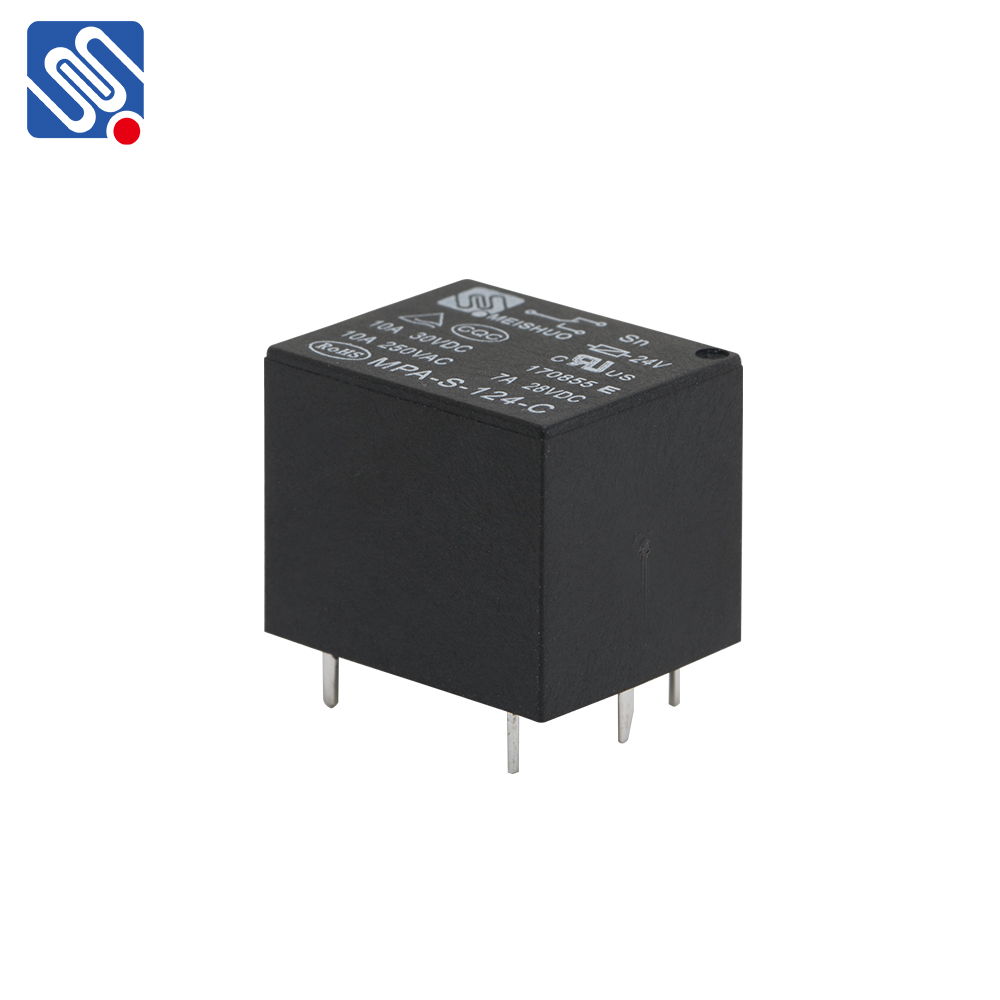relay product development: innovations and key considerations for the future
Release time:2025-03-22 23:55:18
Relay product development is a critical area within the broader field of electronics and automation. Relays are fundamental components used to control electrical circuits, acting as electrically operated switches. They are essential in a wide variety of applications, ranging from industrial machinery to household appliances. As technology continues to evolve, the development of more efficient, reliable, and versatile relay products becomes increasingly important. This article explores the process of relay product development, the key factors influencing innovation in this field, and the future trends shaping the industry.

Understanding the Basics of Relay Product Development
At its core, relay product development involves the design and manufacture of electrical relays that meet specific performance, reliability, and safety standards. A relay is a switch that opens and closes circuits under the control of an electrical signal. In a typical application, a low-voltage signal controls the operation of a higher-voltage circuit, enabling relays to act as intermediaries between devices with varying electrical requirements.
The development process begins with the identification of market needs and technical requirements. Manufacturers must consider factors such as the voltage and current ratings of the relay, its switching speed, and its capacity to withstand environmental conditions such as heat, moisture, and vibration. Advanced relay designs also prioritize energy efficiency, safety, and durability to ensure longevity and minimal maintenance.

